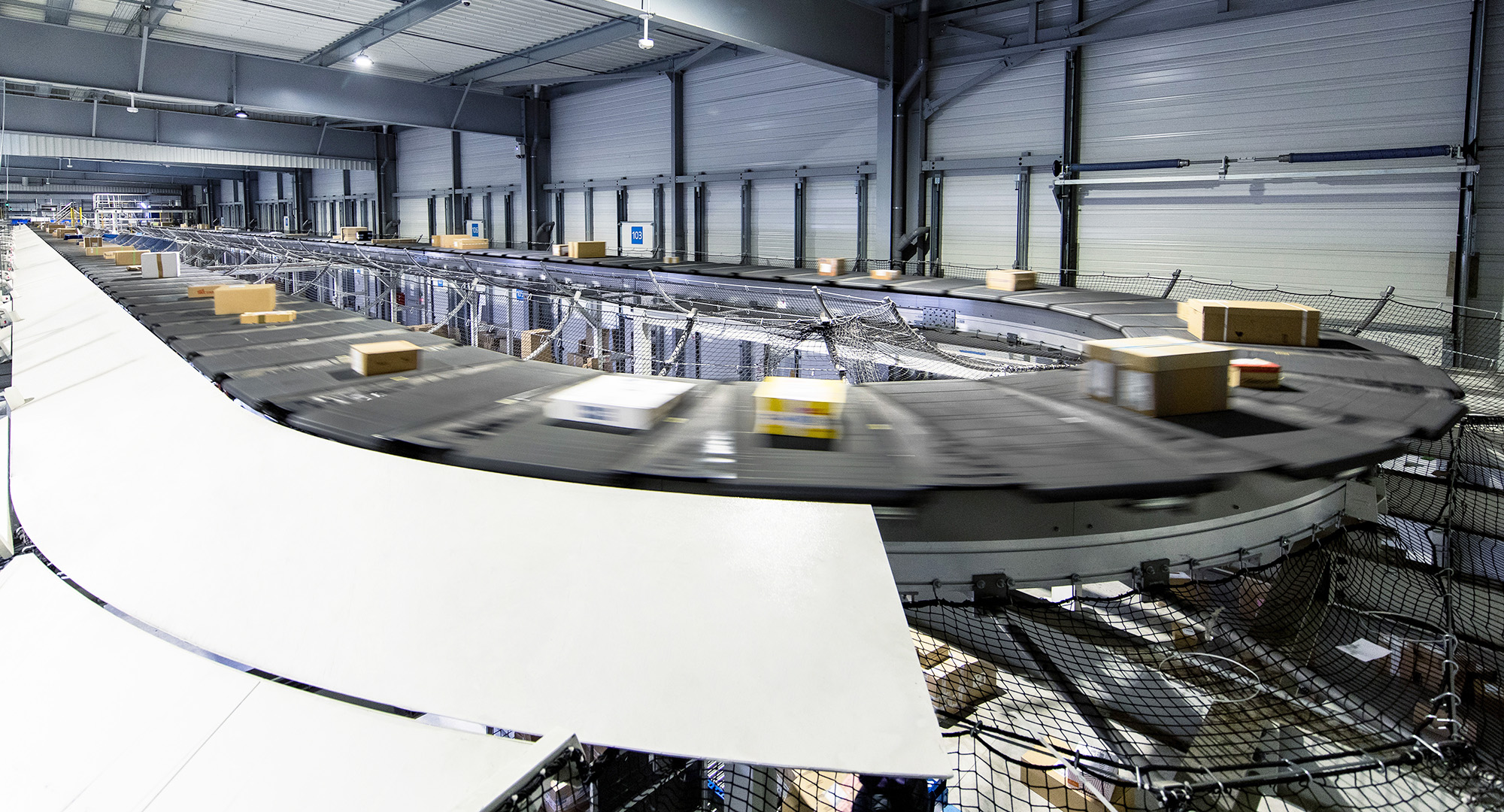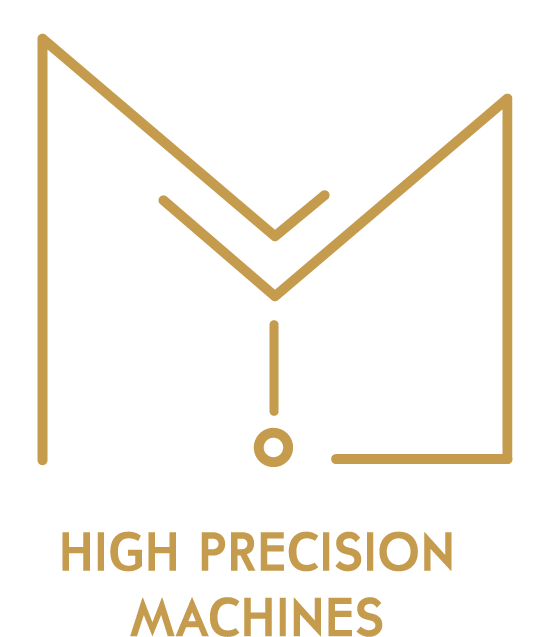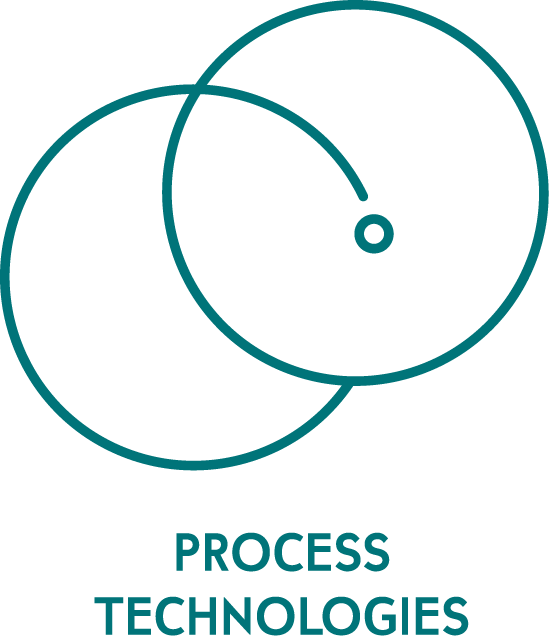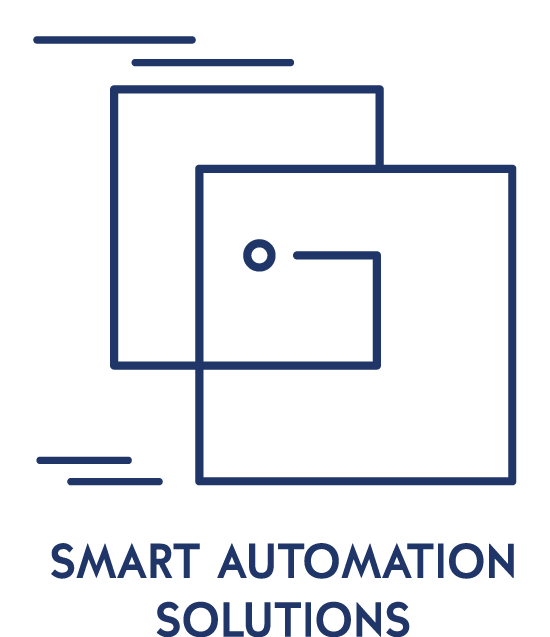Global barometer of industrial investments 2020-2021: what major transformations are currently affecting the industrial world?

From January 2020 to June 2021, what major transformations affected industry?
Covid-19 in review: a fast recovery. The global industrial system responded well. Difficulties remain today, with occasional congestion, particularly in logistics, a sector experiencing strong growth and facing major transformation challenges.
But the collapse feared in early 2020 did not happen.
As expected, the pharmaceuticals sector (vaccines in particular), retail (logistics platforms) and electronics (semiconductors) saw their investments increase during the Covid-19 crisis. Other sectors, such as solar panels, saw investments skyrocket.
✓ As a sector, the manufacturing industry held up well. Investment in manufacturing did decrease, but significantly less than energy production and public services.
Asia leads the way in industrial investments with a very strong lead in certain sectors such as semiconductors. Europe, on the other hand, enjoyed the best qualitative results, with a better Factory of the Future score, the highest of which was obtained by Austria.
✓ Many countries and businesses faced shortages, queues, rising transport costs and the risk of disruption in production chains. The average distance between the investment decision and the investment location for foreign direct investment was 3,120 km in mid-2021. In 2020, the average distance between investment decision maker's location and the place of investment fell by almost 5%, the maximum observed since 2016.This decrease began in 2018 and 2019 and is continuing, at a lower level in 2021. There has indeed been a contraction of global production chains, which we will continue to observe.
The European Union, when considered as a country, remains in 4th place among investment destinations in 2020-2021; the positions of the other top three countries also remained unchanged: United States, China and India. France came in 14th position in terms of overall investment and gained 7 places compared to previous years.
According to Gwenaël Guillemot, Director of the Institut de la Réindustrialisation and head of the Industry department at CESI Nanterre, a partner of the Barometer, “we observed a marked trend of more regionalized global industrial investments. In France, this has led to a significant increase in relocation projects, driven in particular by the France Relance plan.”
✓ “The intralogistics market is growing rapidly and undergoing transformation,” confirms Edouard Coudrillier, Director of digital transformation for the Smart Automation Solutions Division of Fives. This development is underpinned by the growth of e-commerce, its demands in terms of delivery times and reliability, but also by the difficulties of recruiting for the handling professions. The market should continue to expand in the coming years with growth forecasts of around 10% to 15% per year.
On this market, private and public postal services are continuing to automate regional hubs and are starting to automate smaller last mile centers with agile solutions, in particular based on mobile robots (Geni-Ant).
Picking warehouses also require a high level of automation. In this sector, the emergence of “micro-fulfilment” (urban e-commerce order preparation centers) requires the implementation of new automated solutions. To address this, Fives offers compact solutions capable of managing variable and uncertain flows.
Logistics centers are therefore being forced to automate. Fives is now a key player in the sector, offering turnkey automation solutions based on proprietary equipment and software all over the world. The Group is investing heavily in research and development in the market, particularly in France, where its center of expertise in Chasse-sur-Rhône (near Lyon), inaugurated in 2021, has been awarded the "Industry of the Future Showcase" label.
✓ After the appearance of Covid-19 and despite the crisis, manufacturers have maintained their efforts to protect the environment, a sign that this criterion is here for the long term.
It should be noted that the environmental component has doubled in France over the past two years, with France even overtaking Germany in terms of the “Industry of the future” score.
The fall in energy prices has led to a reduction in energy efficiency efforts, just as the issues of digital optimization and flexibility have been less highlighted. Labor efforts, on the other hand, have greatly increased: the need for labor has led to greater efforts on the part of employers in favor of employees.
The European Union remains at the top of the main industrial powers in terms of Factory of the Future investment, ahead of the main world industrial powers (namely the three leading Asian industrial powers and the United States).
✓ Focus on France: relocations are on the rise (since H2 2019), in particular with the help of government funds and in connection with the purchase of new machines; even though large companies are less present among relocations than they were in offshoring.
The most attractive regions in terms of “factory of the future” investment, over the 2016-2021 period, are Hauts-de-France, in terms of number of projects, on par with Grand-Est and Ile-de-France. Nouvelle-Aquitaine obtained the best “Factory of the Future” score.
Details of the 2021 barometer results are available on request.
----------------------------------------------------------------------------------------------------
*About the Barometer
The global barometer of industrial investments was established in 2016 by Fives, EDF, the Institut de la réindustrialisation and Trendeo. It is part of the DEFI&CO project implemented by CESI as part of the Future Investment Plan.
The barometer tracks major investment announcements from January 2020 to June 2021, using a database that collects information in real time. Its objective is to measure investment trends at an international level, either in new production units or existing industrial units. To do this, it identifies the projects and achievements which contribute to the development of the “industry of the future,” based on technological and societal criteria: flexibility, digitalization, energy efficiency, environmental protection, support for the local economy and social matters.
----------------------------------------------------------------------------------------------------
About our partners
Institut de la Réindustrialisation
The Institut de la Réindustrialisation was founded in 2015 by two engineering schools (EPF and CESI) and two professional federations (GIM and Syntec-Ingenierie).
The Institut aims to develop and circulate knowledge and expertise on the future of industry, its skills and know-how through conferences, workshops, student awards and publications.
www.institutreindus.fr
About Fives
As an industrial engineering Group with a heritage of over 200 years, Fives designs and manufactures machines, process equipment and production lines for the world’s largest industrial players in various sectors such as steel, aerospace and special machining, aluminium, the automotive and manufacturing industries, cement, energy, logistics and glass.
The effectiveness of its R&D programs enables Fives to design forward-thinking solutions that anticipate industrials’ needs in terms of profitability, performance, quality, safety and respect for the environment.
In 2020, Fives generated turnover of €1.6 billion and employed more than 8,000 people in around thirty countries.
www.fivesgroup.com
About Trendeo
Trendeo was created in 2007 with the intention of adding competences in web monitoring and economics: its first database included investment and jobs in France, followed by a second database of startups, fundraising and industrial investment around the world.
In France, there is a good correlation between our data and that collected by the French statistics institute, INSEE. Data published by Trendeo on the French economy is used by its clients and often quoted in the media (the situation of the industrial economy, fundraising, employment, etc.).
Various clients access our data on a daily basis to follow economic activity from a regional or sectoral perspective. Other clients, including a leading international consultancy firm, use our international industrial data for their research.
www.trendeo.net





